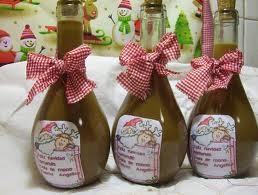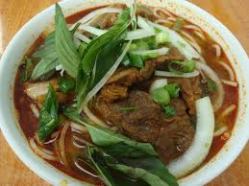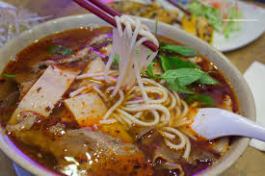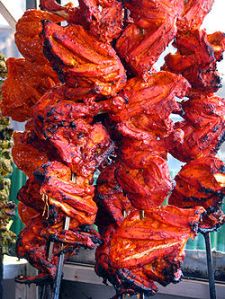Kimchi, also spelled kimchee or gimchi, is a traditional fermented Korean side dish made of vegetables with a variety of seasonings. It is often described as “spicy” or “sour”.
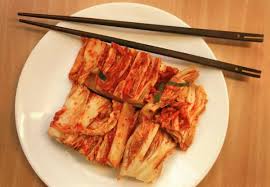
In traditional preparation Kimchi was often allowed to ferment underground in jars for months at a time. It is Korea’s national dish, and there are hundreds of varieties made with a main vegetable ingredient such as napa cabbage, radish, scaliion, or cucumber Kimchi is also a main ingredient for many Korean dishes such as kimchi stew , kimchi pancakekimchi soup, and kimchi fried rice
Early kimchi was made of cabbage and beef stock only. Red chili, a New World vegetable not found in Korea before European contact with the American was introduced to Korea from Japan after the Japanese invasions (1592–1598) and became a staple ingredient in kimchi, although its use was not documented until the 18th century. Red chilli pepper flakes are now used as the main ingredient for spice and source of heat for many varieties of kimchi. In the twelfth century other spices, creating flavors such as sweet and sour, and colors, such as white and orange, were added. 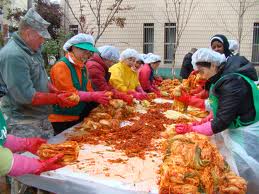
Kimchi varieties are determined by the main vegetable ingredients and the mix of seasonings used to flavor the kimchi.The Kimchi field Museum in Seoulhas documented 187 historic and current varieties of kimchi. Ingredients can be replaced or added depending on the type of kimchi being made. The most common seasonings include brine, scallions, spices, ginger, chopped radish, garlic, saeujeot, (hangul: 새우젓, shrimp sauce), and aekjeot (hangul: 액젓, fish sauce).
Kimchi can be categorized by main ingredients, regions or seasons. Korea’s northern and southern sections have a considerable 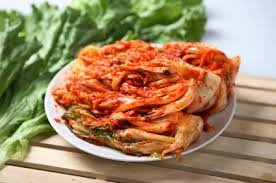 temperature difference. Kimchi from the northern parts of Korea tend to have less salt, less red chilli and usually do not have brined seafood for seasoning. Northern kimchi often has a watery consistency. Kimchi made in the southern parts of Korea uses salt, chili peppers and myeolchijoeyt (hangul: 멸치젓, brined anchovy allowed to ferment) or saeujeot (hangul : 새우젓, brined shrimp allowed to ferment), myeolchiakjeot (Hangul: 멸치액젓, , liquid anchovy jeot, similar to fish sauce used in Southeast Asia, but thicker).
temperature difference. Kimchi from the northern parts of Korea tend to have less salt, less red chilli and usually do not have brined seafood for seasoning. Northern kimchi often has a watery consistency. Kimchi made in the southern parts of Korea uses salt, chili peppers and myeolchijoeyt (hangul: 멸치젓, brined anchovy allowed to ferment) or saeujeot (hangul : 새우젓, brined shrimp allowed to ferment), myeolchiakjeot (Hangul: 멸치액젓, , liquid anchovy jeot, similar to fish sauce used in Southeast Asia, but thicker).

